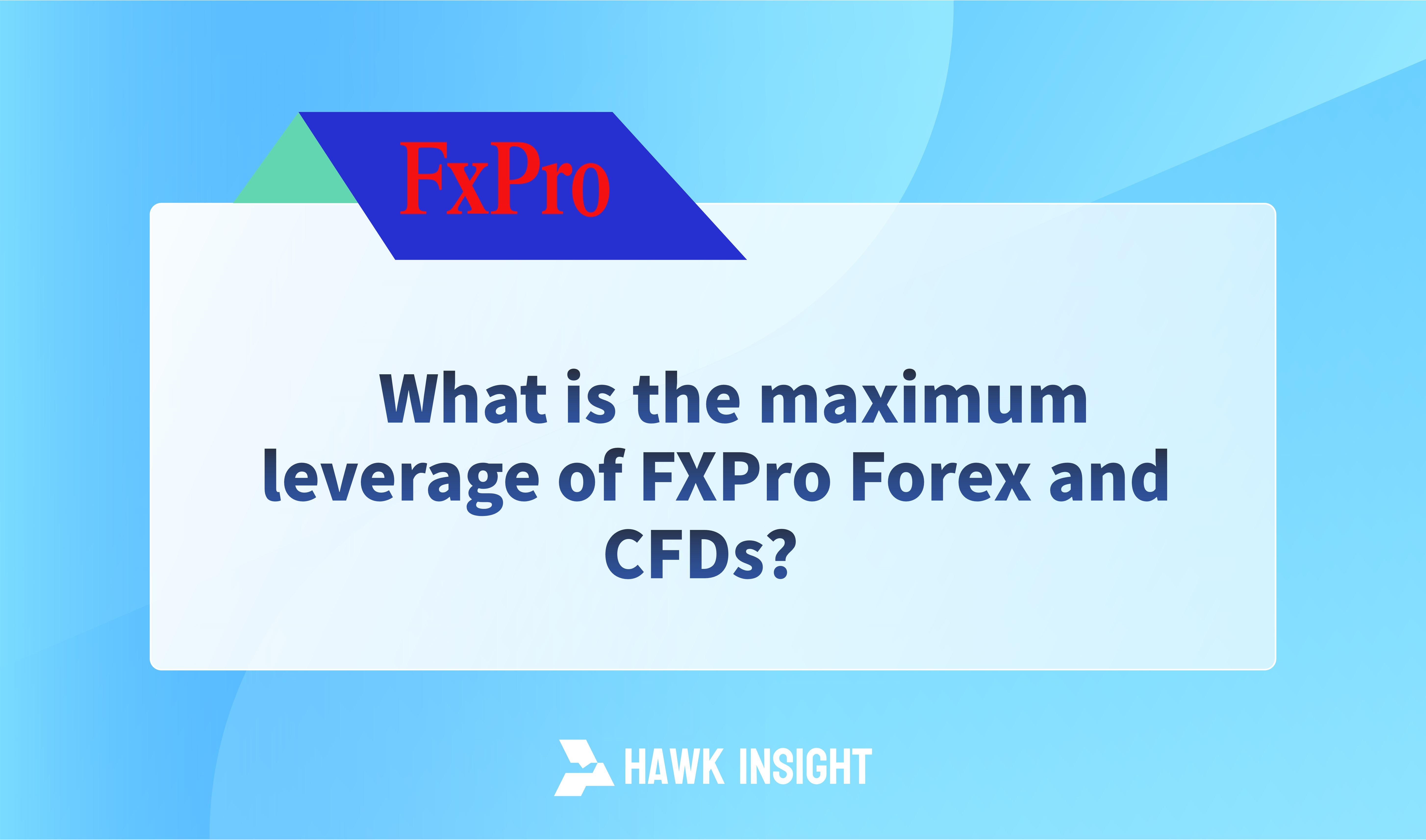What is the maximum leverage of FXPro Forex and CFDs?
Nowadays, financial instruments such as Forex have attracted the attention of many investors due to their potentially high returns, a central factor of which is leverage.

Nowadays, financial instruments such as Forex have attracted the attention of many investors due to their potentially high returns, a central factor of which is leverage.
An in-depth understanding of how leverage works is crucial for investors trading in the Forex market. In this article, we will discuss in detail FXPro's leverage system and its impact on trading strategies.
Overview of FXPro Leverage System
Financial Instruments and Maximum Leverage
FXPro, through its entity Prime Ash Capital Limited, provides a diversified range of leverage options based on different financial instruments:
- Major Forex: maximum leverage up to 1:1000
- Minor Forex: maximum leverage up to 1:500
- Spot Precious Metals (gold, silver, platinum, palladium): maximum leverage up to 1:888
- Spot Base Metals (aluminum, copper, lead, zinc): maximum leverage up to 1:40
- Spot Major Indices: maximum leverage up to 1:500
- Spot Minor Indices: maximum leverage up to 1:100
- Futures Indices: maximum leverage up to 1:50
- Spot Energy (US oil, UK oil, natural gas): maximum leverage up to 1:200
- Commodity Futures: maximum leverage up to 1:50
- All Stocks: maximum leverage up to 1:25
- Cryptocurrencies: maximum leverage up to 1:200
Dynamic Leverage Mode
FXPro has introduced a dynamic leverage mode, applicable on FXPro, MT4, and MT5 platforms, which automatically adjusts the maximum available leverage based on client trading positions. As trading volume increases, the dynamic leverage mode reduces potential risks of over-leveraging, enhancing self-regulatory efficiency.
Margin Requirements
Understanding margin requirements is crucial when trading with FXPro's leverage. Margin is the initial deposit traders must pay when opening a position, expressed as a percentage. Margin requirements vary with trading volume for different financial instruments. For instance, major forex pairs have margin requirements starting from 0.10%, equivalent to leverage of 1:1000.
Risks and Returns in Forex Leverage
The appeal of leverage lies in its ability to amplify potential returns on trades. However, high leverage entails proportionate risks. If market trends are unfavorable, losses may exceed the initial investment. Even with protective measures like stop-loss and limit orders, rapid market changes or price fluctuations can result in significant financial losses.
Calculation and Adjustment of Leverage
Calculating leverage is straightforward—typically, it involves dividing the initial investment by the desired trade size. FXPro provides a user-friendly platform where traders can adjust leverage settings according to their trading strategies.
In summary, FXPro's leverage system empowers traders with a robust tool to manage and amplify their trading activities effectively. However, leveraging in trading requires careful and informed decision-making to balance potential returns with risks.
FAQs
- How does dynamic leverage operate on the FXPro platform?
FXPro's dynamic leverage mode adjusts the maximum available leverage based on client trading positions, ensuring traders maintain appropriate risk levels across different market conditions.
- How does leverage benefit forex traders?
Leverage allows traders to control larger positions with a smaller capital base, thereby increasing potential investment returns. However, it also increases the risk of potential losses.
- How is leverage calculated in forex trading?
Leverage is typically expressed as a ratio or percentage. It is calculated by dividing the initial investment amount by the required trading size to determine the leverage ratio used.
- What are the risks of using high leverage in forex trading?
High leverage can lead to significant profits, but it also carries increased risks. Market volatility or price fluctuations may result in losses exceeding the initial investment.
- How can traders choose an appropriate leverage level for their trades?
Choosing the right leverage level is crucial based on individual trading needs and risk preferences. Experienced traders evaluate the potential impacts of leverage before use and implement appropriate risk management measures.
Disclaimer: The views in this article are from the original Creator and do not represent the views or position of Hawk Insight. The content of the article is for reference, communication and learning only, and does not constitute investment advice. If it involves copyright issues, please contact us for deletion.